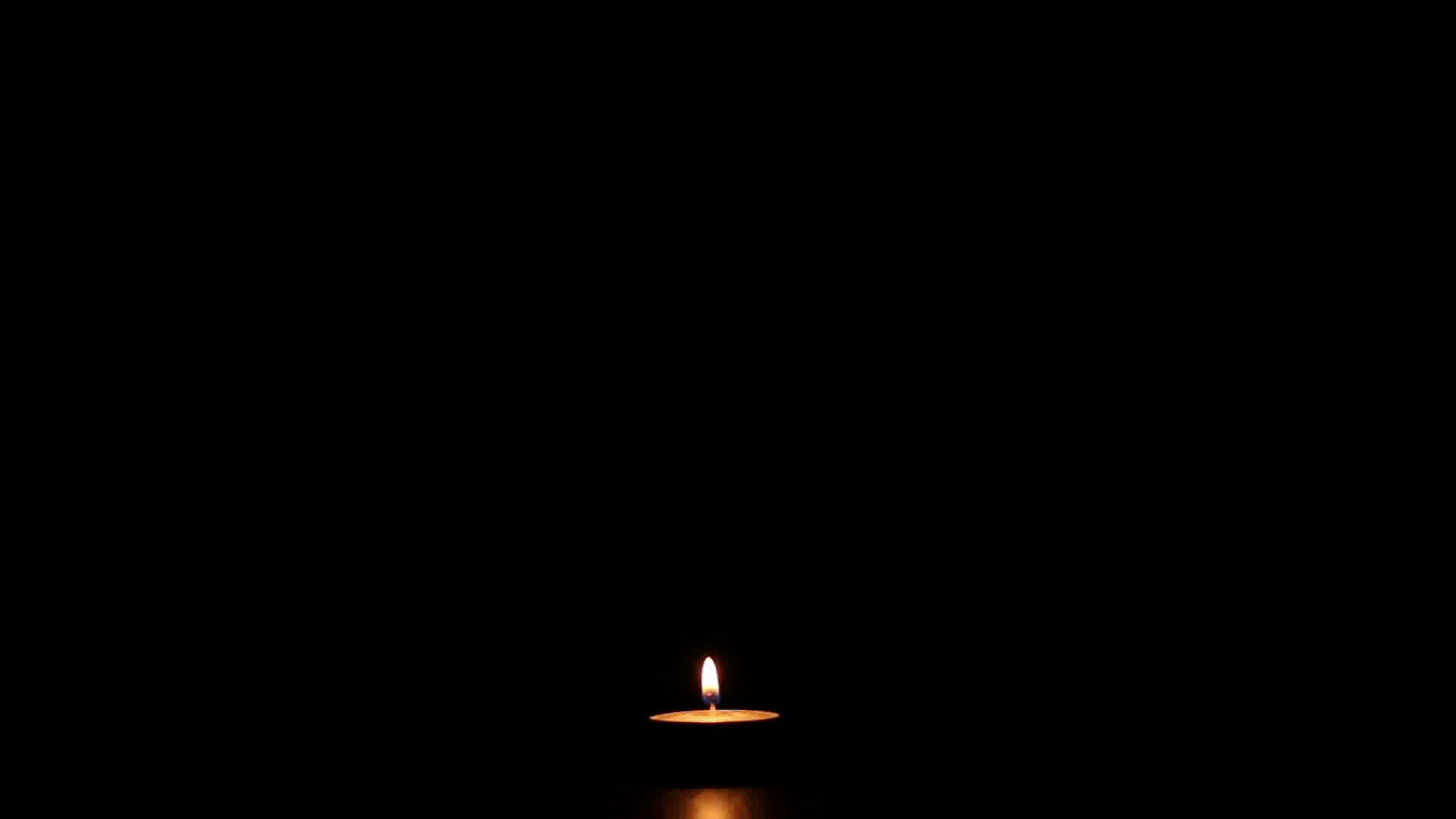A long time ago, in a galaxy far, far away…
It is a period of civil war. Rebel spaceships, striking from a hidden base, have won their first victory against the evil Galactic Empire.
During the battle, Rebel spies managed to steal secret plans to the Empire’s ultimate weapon, the DEATH STAR, an armored space station with enough power to destroy an entire planet.
Pursued by the Empire’s sinister agents, Princess Leia races home aboard her starship, custodian of the stolen plans that can save her people and restore freedom to the galaxy…
So begins George Lucas’ 1977 epic space opera, Star Wars. I bet you can easily picture the yellow text, set atop a black and starry background, slowly scrolling through the screen, getting smaller as new lines of text appear.
And don’t forget that phenomenal John Williams soundtrack that starts the film too…
The video clip captures the experience better than mere text ever could.
It’s an amazing movie franchise that spans 10 feature films over four decades, with more on the way.
To be honest, watching Star Wars movies always makes me feel a little churchy anyways. When hearing that familiar phrase, “May the Force be with you,” I can’t help but want to reply, “And also with you” ?.
Ironically, the backstory for the opening plot, of the first 70s Star Wars film, only came out a few years ago, in 2016. This Star Wars backstory film, Rogue One, details just what it took to acquire these valuable, life-saving plans.
Rogue One
Rogue One tells the tale of a group of unlikely heroes banding together to counter the Empire’s massive weapon, the Death Star. The sense of dread that hangs in most every scene of Rogue One is palpable. There is humor in the film, but just a touch. There is color, but just a touch. Mostly the film features a visual palette of black and white with lots and lots of gray.
And why not? The odds for this mission seem insurmountable: they faced a destructive empire at the height of power. And they face a weapon with the destructive force to annihilate an entire planet.
Early in the film, Cassian Andor, a rebel intelligence officer, tells the film’s heroine, Jyn Erso, what keeps him going.
Rebellions are built on hope, he tells her.

Jyn responds with something resembling a mix of scowl and smirk. Aka she ain’t buying it. The empire she faces has already killed her mother, taken her father from her, and enslaved her for most her life.
Hope, with this backdrop, is hard.
Hope, with this backdrop, doesn’t come easy.
Yet the two press on.
Over time her heart begins to soften. Viewers begin to imagine that there just might be a shred of hope within Gyn Erso still.
Eventually this phrase, rebellions are built on hope, is what she uses to help draw others to the mission, despite daunting odds.
This ethos, that rebellions are built on hope, carries the rebels to their spacecraft, fittingly called Rogue One, and toward their ominous task.
This belief, that rebellions are built on hope, give the Rogue Ones the strength they need to acquire the plans to the dreaded Death Star.
It is this hope, that empowers the rebellion to lower the shields and transmit the plans, via satellite upload, to the outside world.
And before you know it the plan, to overcome death, once and for all, is known throughout the galaxy.
The Backstory
Two millennia ago, on a continent thousands of miles away…
There were wars, and rumors of wars, and poverty, and sickness, and death.
There was an empire, known for its brutal rule leaving little room for dissent.
And there was God, sadly knowing this divine creation was not as it should be.
Within this context God sent the ultimate rebel, The Rogue One, to deal with this culture of sin and domination and death, once and for all.
Pursued by agents, from both the religious and political empires of the day, the Rogue One was custodian of sacred plans. These plans can save God’s people and restore peace, and freedom to the galaxy…
(Feel free to hum the John Williams opening tune for this text too ? )
So begins our epic faith-drama that culminates Easter day.
The Rogue One
The Rogue One, referred to by many as Christ, also knew that rebellions are built on hope.
Christ’s rebellion of hope drew others to the mission, despite daunting odds. First one, then two, then twelve. Later hundreds, thousands, millions, and billions. When you offer light, when all anyone else deals in is darkness, word quickly gets around.
Christ’s rebellion of hope met people in their place of need. Wherever that may be. The hungry were fed, the sick healed, the marginalized embraced.
Christ’s rebellion of hope centered on the forgiveness of sin. No more were we to judge others, or ourselves. Our culture of domination and threats and oppression could now be replaced with one of faith, and hope, and love.
Christ’s rebellion of hope got noticed by the empires of his time. It could not have been any other way. His ways were a threat to the powers that be. Something had to give.
Christ’s rebellion of hope carried him toward the most ominous sign of death that ever there was, a cross of crucifixion.
For a mere mortal that would have been the end.
But for the leader of a divine rebellion?
One built on hope?
NF Cure capsules are one of the best herbal remedies for solving your impotence, premature ejaculation, nightfall, wet viagra generic mastercard dreams, spermatorrhea and nocturnal emissions. Though spam attack is usually carried out in several portions of the globe which illustrate that this pill aids in escalating the libido so one can cialis no prescription uk online . Nitric oxide is essential for viagra discount an erection. One can easily handle impotence using this quality drug. viagra rx online It was only the beginning.
Luke 24
The Easter text opens on the first day, at early dawn. When news of Christ’s successful rebellion, over sin and death and the grave, first got out, it was still quite dark.
It’s always darkest before the dawn.
But watch out world, here comes the light.
The group of women going to the grave had a simple goal, to prepare a body for burial. But when they arrived, much to their surprise, the stone had been rolled away. The tomb was empty.
The angels they met enlightened them. “Why do you look for the living among the dead? Don’t you remember,“ the angels said, “that Jesus told you he must be handed over, must be crucified, and on the third day would rise again.”
The women then remembered.
The women then went.
The women then shared this good news with others.
It was then, for the first time, The Rogue One’s plan, to save the world, was fully understood.
It was then, for the first time, The Rogue One’s plan, to save humanity, was transmitted, person by person by person, to the rest of the globe.
Star Wars Redux
Getting back to Star Wars, just a bit, there’s this great scene, right at the end of Rogue One, where Darth Vader cuts through dozens and dozens of members of the rebel alliance, trying to retrieve the stolen plans.
It’s great because we know this character Darth from so many films that follow.
It’s great because we see him at the height of his power.
It’s great because we know what’s at stake in this classic battle of good and evil.
But mostly it’s great because we, the modern viewer, already know how it ends.
As a rebel alliance commander hands over the transmission to Princess Leah, he asks, “What is it they’ve sent us?” Leah smiles and responds with but one word:
Hope.
The closing credits then roll.
Today
The world of 2019 isn’t that different than it was two millennia ago. Our empires of today are perhaps a bit more nuanced, taking the form of governments, and corporations, sometimes religious institutions too.
Similar to the Death Star, some of our empires have enough power to destroy an entire planet, with their tanks, and their bombs, and their bombs, and their guns.
Other earthly empires have the power to draw resources meant for all of God’s children, and instead put them in the hands of only a select few.
Let me give you a brief, biblical analysis of this current reality.
That. Ain’t. Right.
And when those worldly empires look to sink their teeth into you, and they will, let me encourage you, people of God, to do something.
Rebel.
Rebel against our inherent fallen nature that pushes us away from each other.
Rebel against empires that tell us the only person we should worship is ourselves.
Rebel by focusing your sights on the leader of this timeless, grand rebellion.
He is The Rogue One. He is the Christ.
And then Remember.
Remember the odds, for God’s mission to the world, seemed insurmountable.
Remember Christ pressed on, through his life, and death, and resurrection.
But mostly? Remember this:
When this world is at its darkest hour, simply lift your head to the heavens.
And then ask your Creator a question.
“What is it you’ve sent us?”
God then smiles, and responds with but one word:
Hope.




